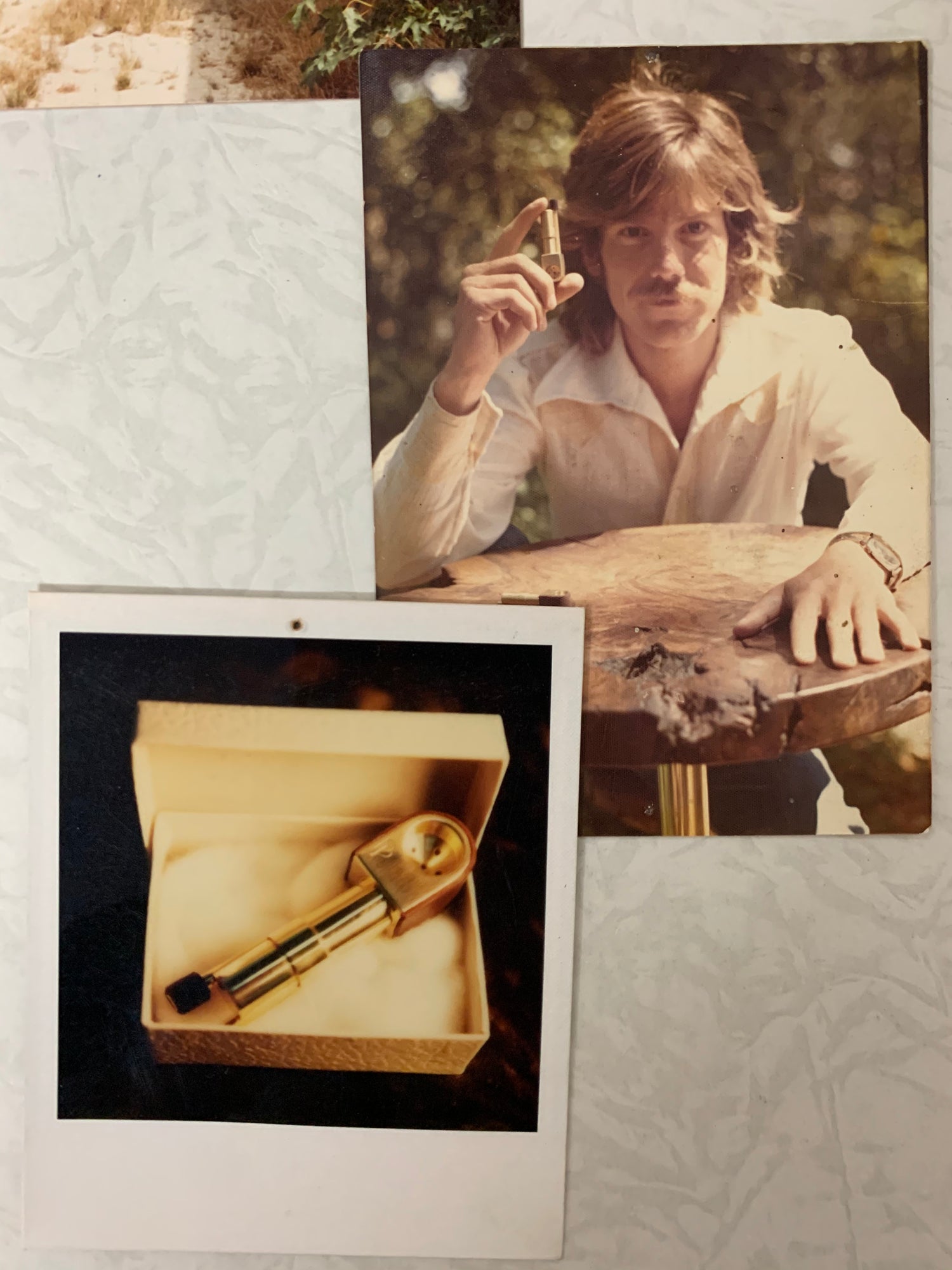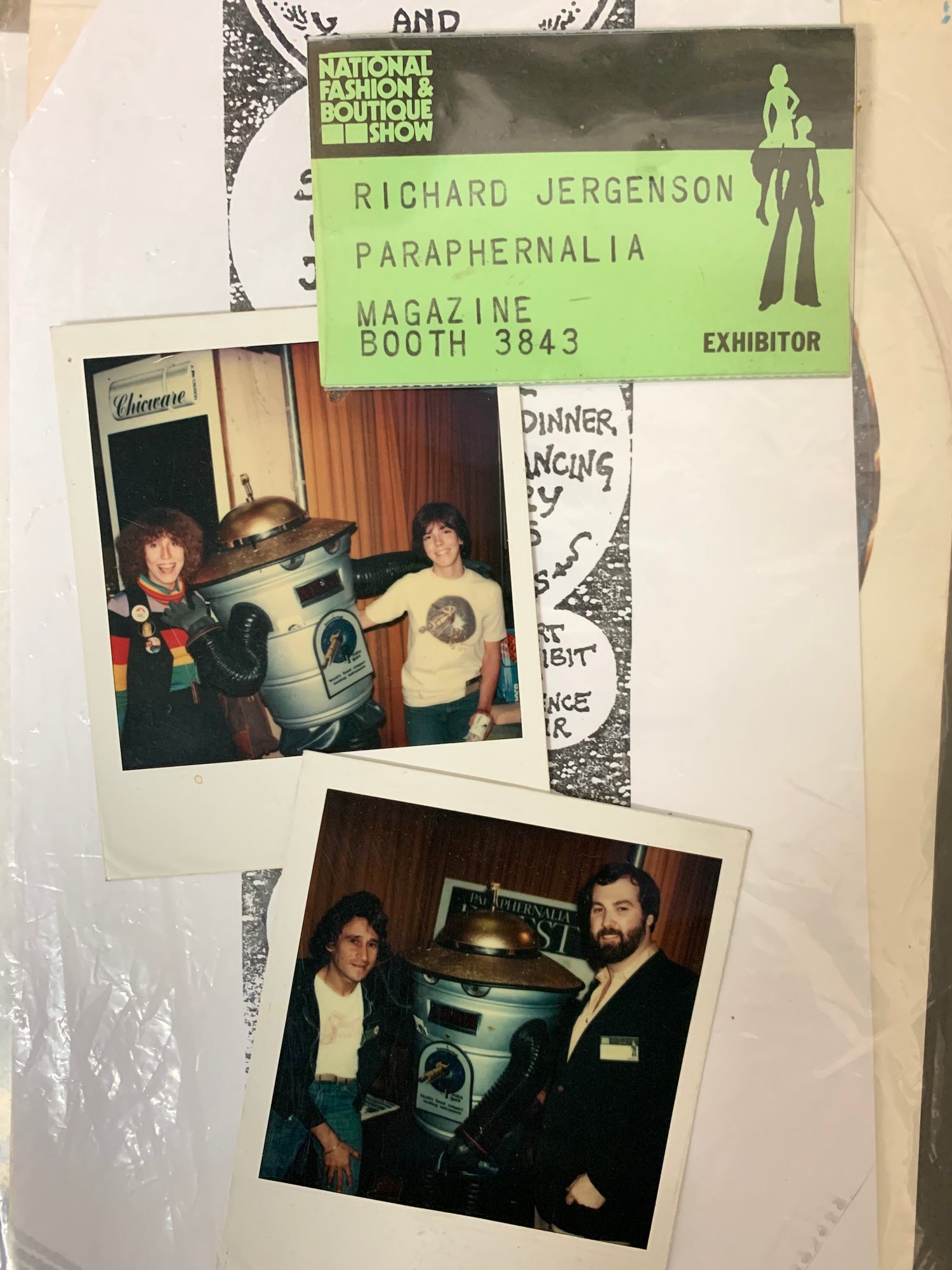California Prop 65
We are providing the following ![]() WARNING for brass products on our site:
WARNING for brass products on our site:![]() WARNING: This product can expose you to lead known to the State of California to cause cancer and birth defects or other reproductive harm.
WARNING: This product can expose you to lead known to the State of California to cause cancer and birth defects or other reproductive harm.
What is Proposition 65?
In November 1986, California approved Proposition 65 to address concerns about exposures to toxic chemicals. That initiative became The Safe Drinking Water and Toxic Enforcement Act of 1986.
What does Proposition 65 require?
First, it requires the Governor of California to publish a list of chemicals that are known to the State of California to cause cancer, birth defects or other reproductive harm. Over 900 chemicals and materials, including many metals and plastics, have been listed as of March 10, 2000.
Second, it requires Manufacturers to provide a "clear and reasonable" warning before exposing anyone to a listed chemical. This warning can be given by a variety of means, such as by labeling a consumer product, by posting signs at the workplace, or by publishing notices in a newspaper.
What kinds of chemicals and materials are on the list?
The list contains a wide range of chemicals and materials, including many metals and plastics, dyes, solvents, pesticides, drugs, food additives, and byproducts of certain processes. These chemicals may be naturally occurring, or synthetic. Some of them are ingredients of common household products, others are specialty chemicals used in common industrial applications.
For more information go to www.P65Warnings.ca.gov
Why does Proto Pipe include this warning on its products?
We are providing Proposition 65 warnings to inform consumers that the product contains chemicals on the State of California’s Proposition 65 list. All brass Proto Pipe products are made from pure brass alloy 360, which contains a small, but detectable, amount of lead. The Prop 65 warning does not mean that our products will actually cause harm. The State of California has clarified that “the fact that a product bears a Proposition 65 warning does not mean by itself that the product is unsafe.” Think of the law as a “Right to Know” rather than it being unsafe.

(A 50-Year Legacy... Phil's pipe dream, continued from our Home Page)
In 1971, I decided to move to San Francisco to the Mission District to become submerged by this new culture. The first pipe was called the smoking Contrivance–-it would become pipedream 1.0. After a year of learning how to scale up and have consistent production, it failed to materialize. Desperate for money, I got a carpenter job and took a gamble when I placed an ad in the Rolling Stone Magazine in 1972. I recall paying 200 dollars and after a month only had a few orders. A few months later, my brother Kent called to say my post office box was stuffed with orders, so I made pipes on the weekend to fulfill orders, but I had a commitment to my carpenter job. A year later, I finally had time to fully commit to my pipe dream.

In 1973, I made a batch of pipes using a gas generator for power and took them to Berkeley’s Telegraph Ave. I became a street artist and made enough to put a roof over my head. My brother Richard joined me from Denver, and he began street sales in SF. Richard made the second Contrivance pipe, specifically made for a left-hander. The contrivance was selling well, but as it gained public attention trouble began. While on the street one day, I was approached by an investor who said he wanted to market my design, when in reality he was actually trying to steal it. I gave him 50 pipes to help market the pipe, and they soon began showing up in headshops all over the Bay Area in tin cans labeled as a "Tomato"! What a stupid gimmick idea! But it did wake me up to the fact that the name Contrivance was also pretty stupid. But my pipe design was a keeper.
